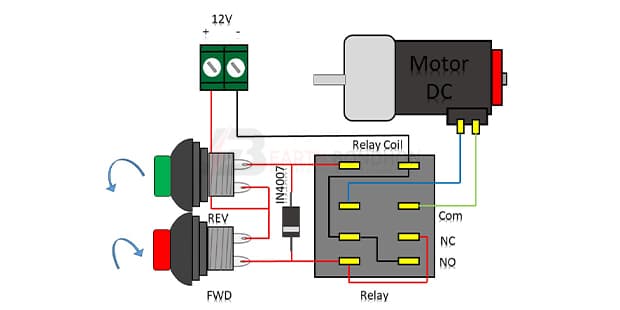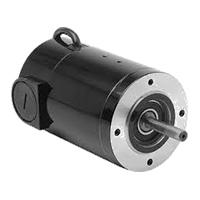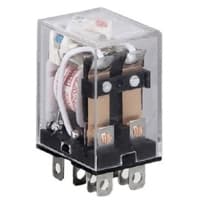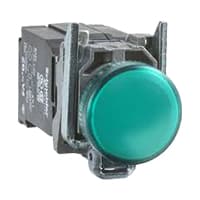DC Motor Forward & Reverse Control:
This diagram shows how to make a dc motor reverse and forward circuit. In this circuit diagram, we use a DC motor and a reverse forward switch diode, etc. First, we connect the relays to the diode and switch, exactly like in our diagram. Then connect the motor power from the relay. Now this circuit is ready for use. If you want to know more details about this diagram, please check our youtube video in the below post.
Advertisements
Components needed For this Project:
You can get the components from any of the sites below:
- 775 DC Motor [See Buy Click Amazon]
- 12V Battery[See Buy Click Amazon]
- 8 Pin Relay (220V AC) [See Buy Click Amazon]
- Push Switch [See Buy Click Amazon]
- 1N4007 Doide [See Buy Click Amazon]
*Please note: These are affiliate links. I may make a commission if you buy the components through these links. I would appreciate your support in this way!
Advertisements
Components used to make the DC Motor Forward & Reverse Control:
Direct Current Motors (DC) are Among the Most Commonly Used Electric Motors in a Broad Range of Applications today. Like every Direct Current Motor, they Convert Electric energy into mechanical work. However. DC Motors Differ from other electric motors because they are powered by Direct currents (Direct currents), such as batteries and Direct Currents power supplies. It comprises 2 Essential parts: the stator and the rotor. A Direct Current Motor’s stator is Usually a ring of permanent magnets. Electrical Direct Currents Motors are continuous Actuators that convert Electrical energy into Mechanical Energy.
02. 12V battery:
A 12V Battery is Available As a Non-Rechargeable Alkaline Battery Or In Rechargeable Forms. This Battery is Often Used in Various Outdoor Applications that Require Greater Amounts of Energy in Order to Operate as Desired. 12V Battery is a Name Given to a Unique Style of Battery, but its Voltage is More Than 12 Volts. In Such Cases Where a 12V Portable Battery is Used to Replace an onboard 12-volt Battery, It Is Usually Lighter Than a Standard Version. This is Because It is more likely to be Transported Between Uses and Consumers Will Not Choose to Carry a Large, Bulky Battery. A Portable 12V Battery is Usually Sealed in a case so That it is Waterproof.
The most popular relay for automation work is the 8 Pin Relay. The 8-pin relay has a DC or AC coil as the main part. which is connected to two pins. There are two common parts. Underneath a Common part are a NO and an NC part. No part is normally open with a common part and the NC part is normally closed. The timer base used for automation is the same as the 8-relay base. That is, switching can be done using the timer base. This is basically how a relay switch works for the relay.
04. Push Switch:
In industry the switch connected to the magnetic contactor of the motor controlling circuit is manually/pushed by the operator and has elasticity i.e. can return to its original position by means of a spring when released is called a pushbutton switch. Push-button switches are used with electric Motor starters, with calling bells, and sometimes as temporary supplies in lamp circuits. When the pushbutton switch is pushed and released, the control circuit is de-energized when it returns to its original position. So latching is done to hold the power.
A diode is an Electronic Device that allows current to flow in one direction only current flow. The Diode has two ends. The end where there is a line of silver color is called the cathode. The other end is called the anode. A diode basically allows current to flow in one direction and prevents current from flowing in the opposite direction. Such a tendency of current to flow in one direction is called rectification. When a circuit is connected with an anode positive and a cathode negative it is called a forward bias diode.
Thank You for visiting the website. Keep visiting for more Updates.
Read more Single Phase Wiring
Mixer grinder wiring connection
Mixer grinder wiring connection: This diagram shows how to make a mixer grinder wiring connection. In this circuit, we...
Potentiometer wiring for light brightness control
Potentiometer wiring for light brightness control: This diagram shows how to make potentiometer wiring for light...
Temperature sensor fan controller circuit
Temperature sensor fan controller circuit: This diagram shows how to make a Temperature sensor fan controller circuit....






0 Comments